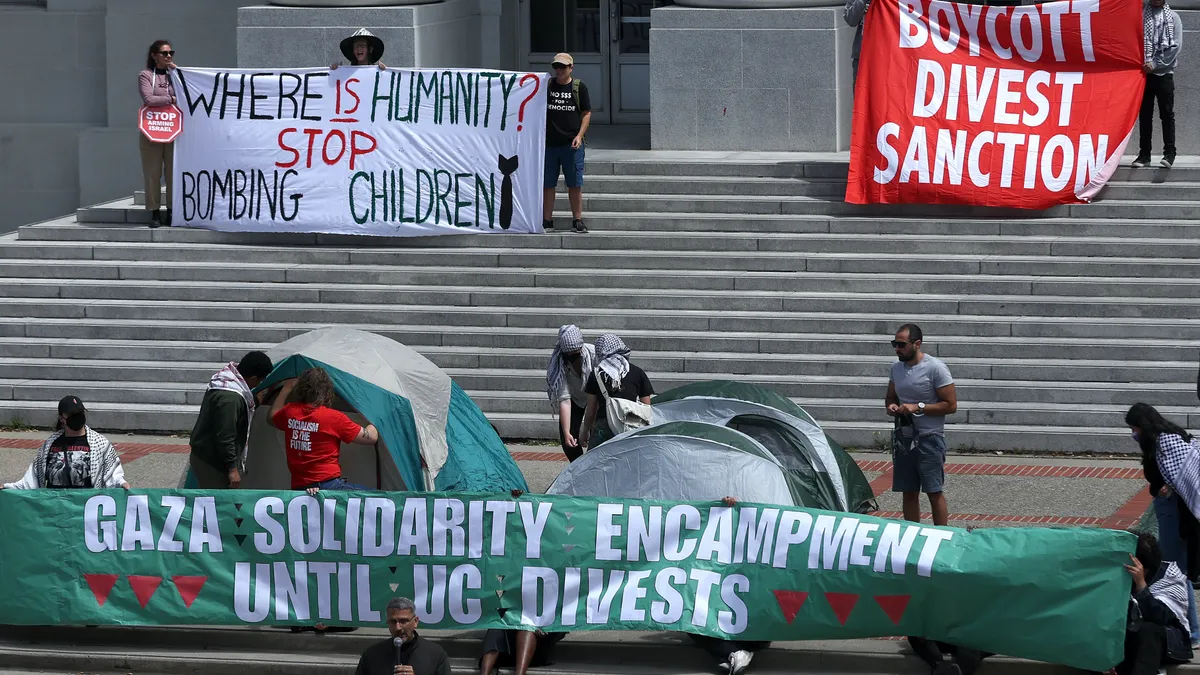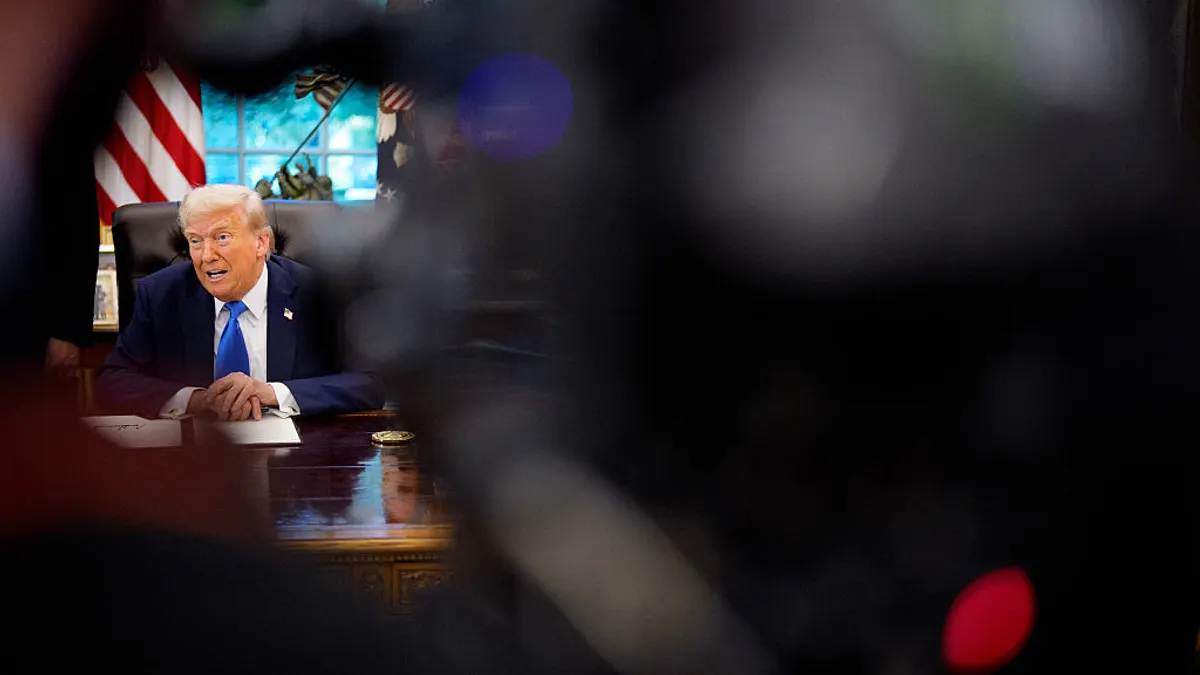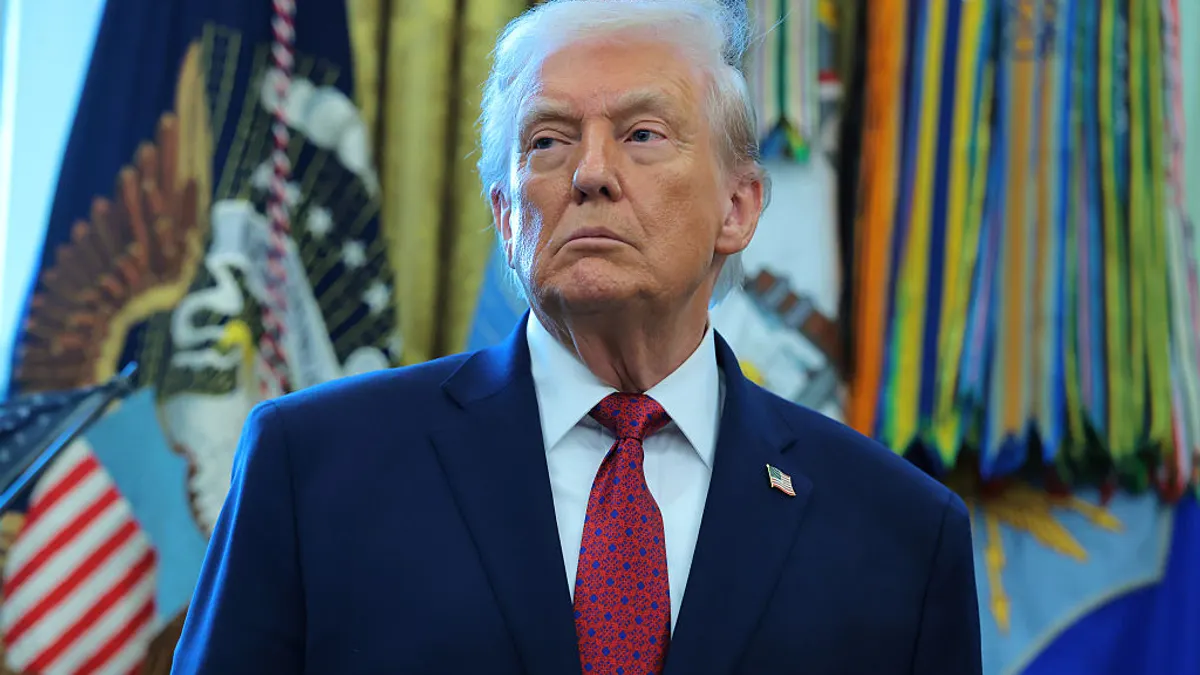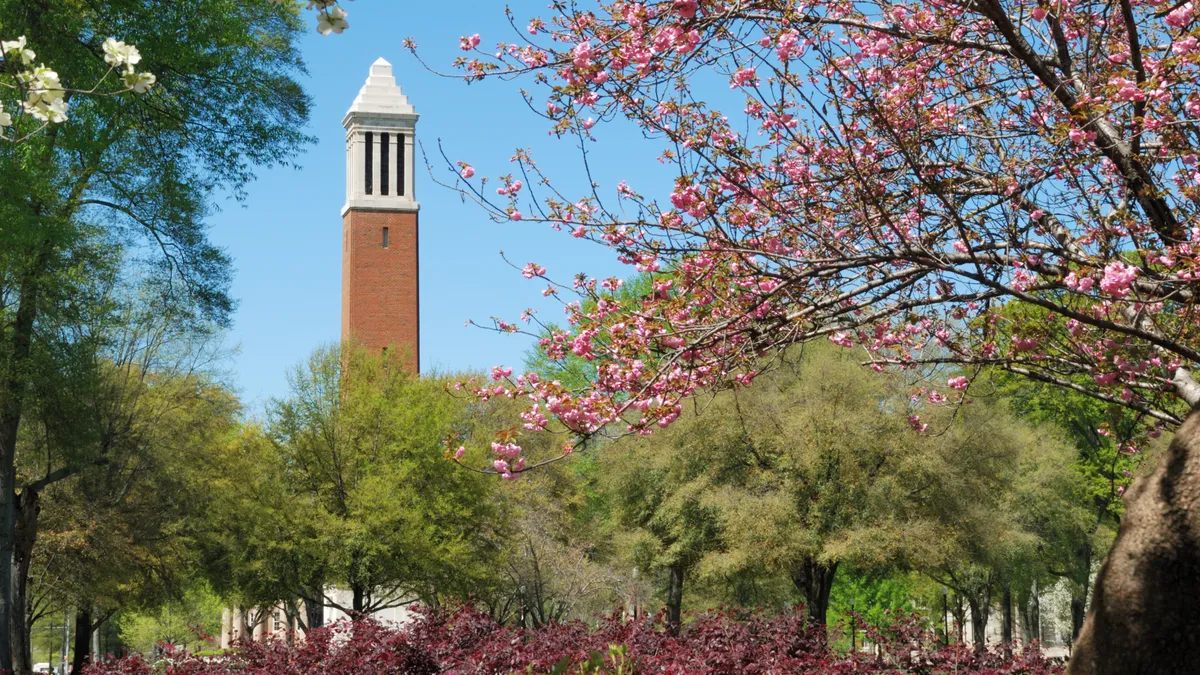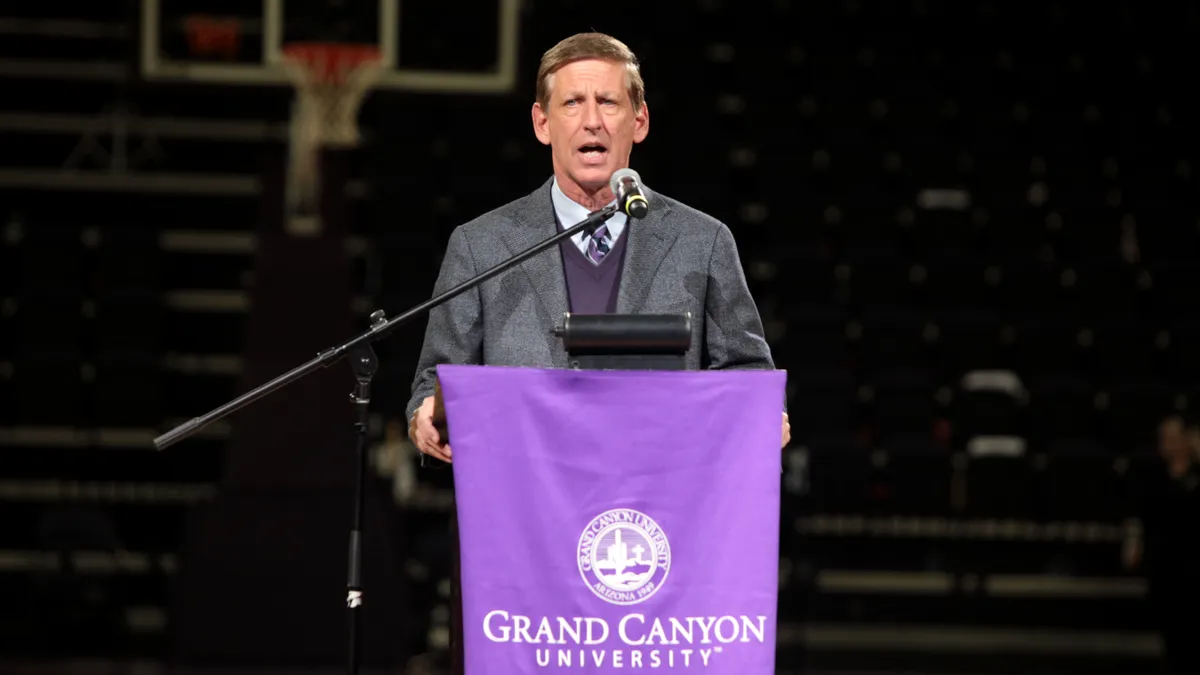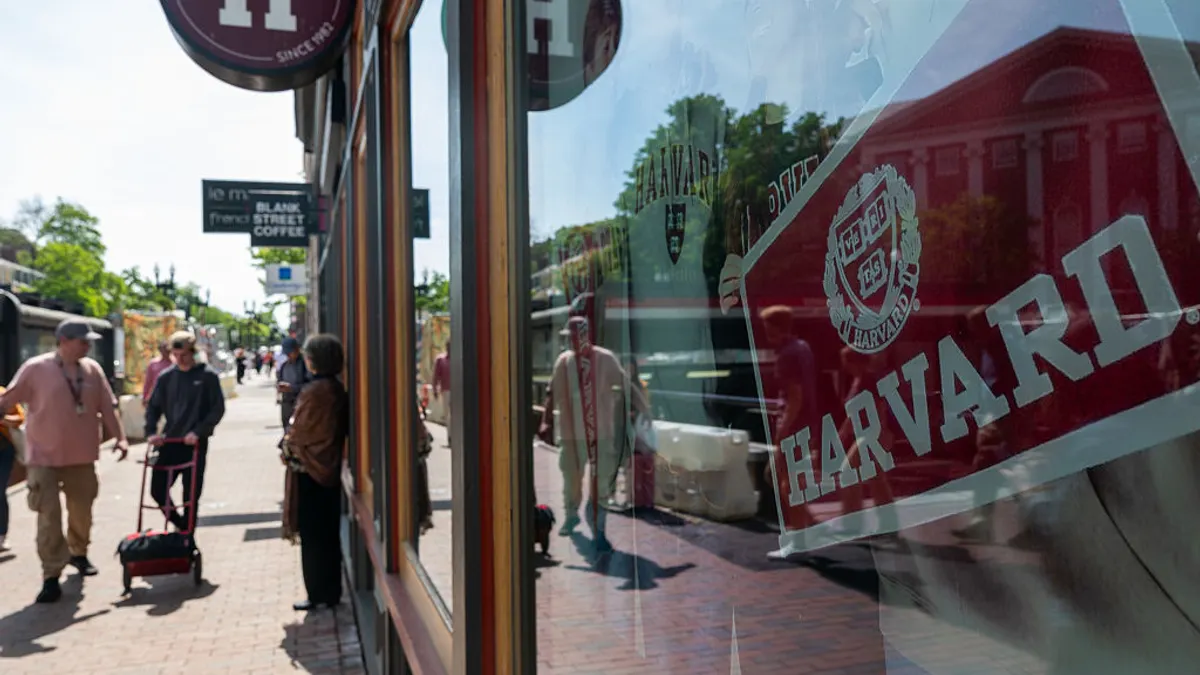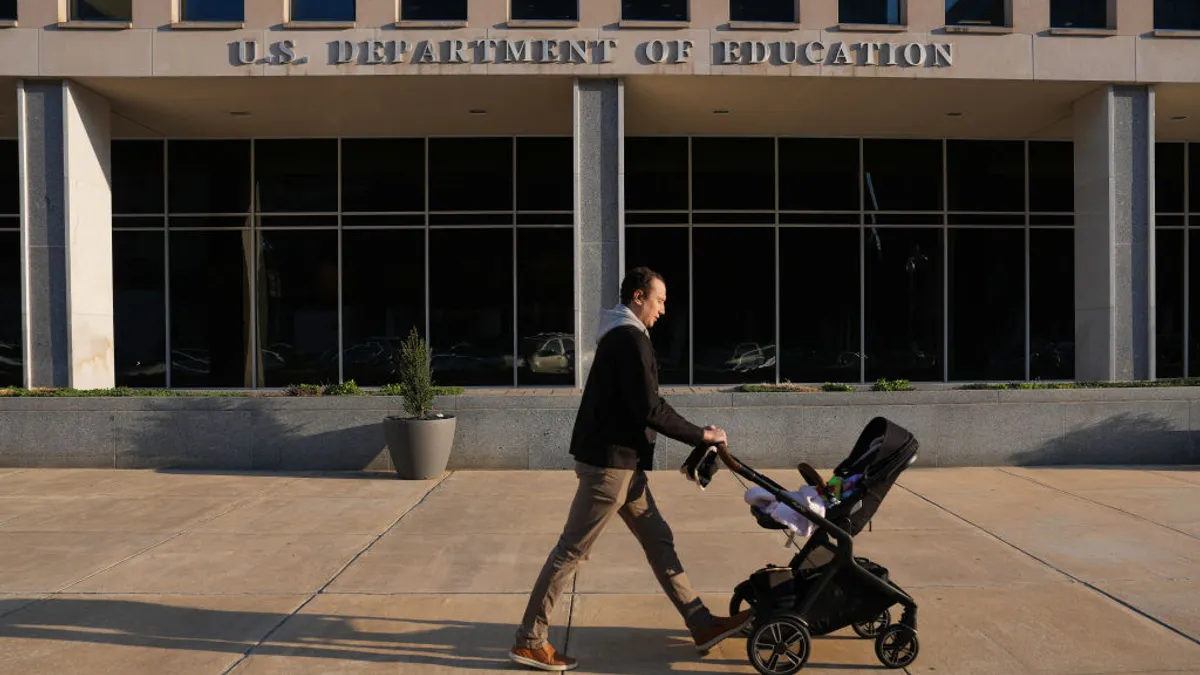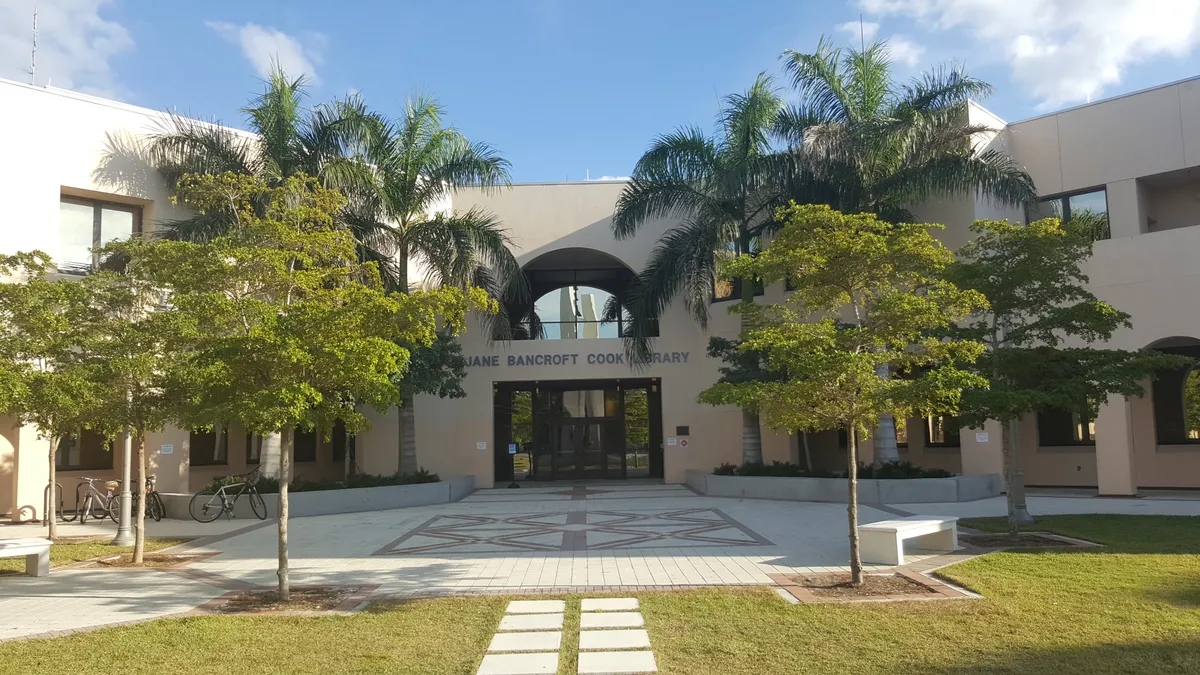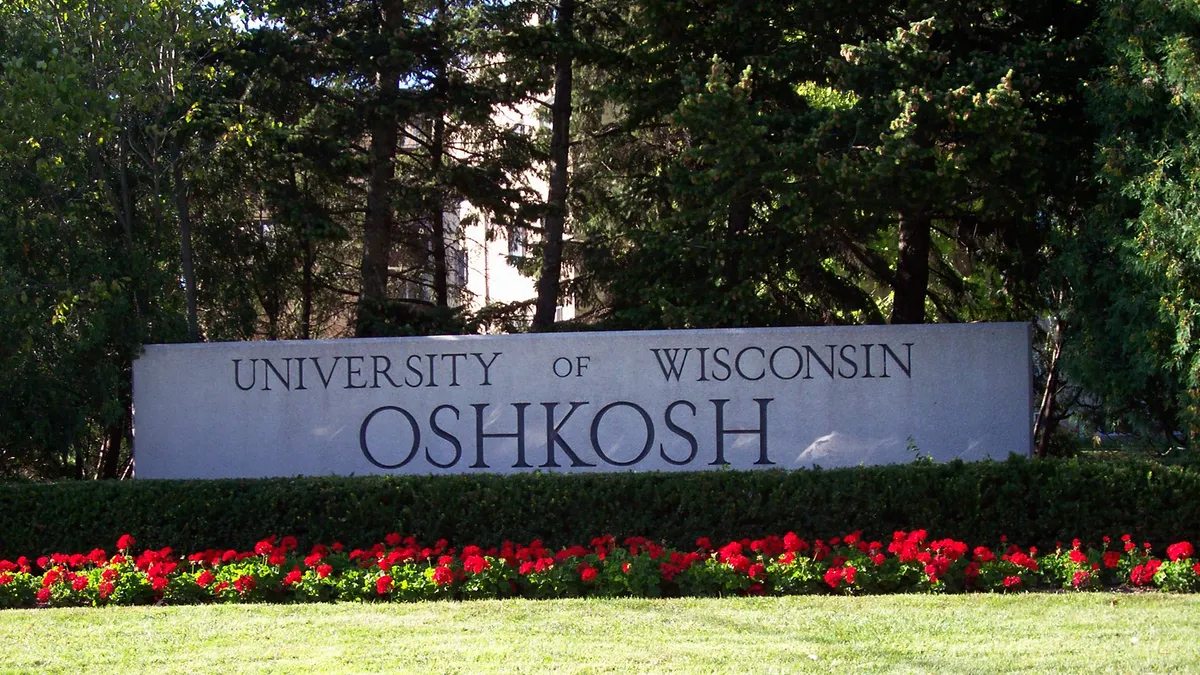The University of California and the California State University systems are cracking down on encampments and revising protest policies as the start of the fall semester nears.
Cal State's new public assembly policy bans encampments and unauthorized structures like barriers. It also prohibits demonstrators from wearing disguises or concealing their identity. The policy will override all related rules at individual universities, the system said.
Likewise, University of California President Michael Drake directed campus leaders Tuesday to establish or reassert policies banning encampments, unauthorized structures and restrictions on free movement. His guidance also bans demonstrators from concealing their identities with masks.
Like many higher ed institutions, Cal State and the University of California struggled to address student protests over the Israel-Hamas war that led to nationwide campus unrest during the spring term.
Both systems are home to a sizable share of the nation’s college-going population. Cal State is one of the country’s largest public college systems, with roughly 455,000 students across 23 campuses. The University of California has 10 campuses with about 296,000 students.
The two networks attempted to address campus protests expected this fall through their new policy edicts but took different approaches.
Cal State
Cal State's policy, unveiled Thursday, addressed these issues by creating systemwide rules.
"The requirements in the policy are not new and were already in place for the most part at each university and at the Chancellor’s Office," Hazel Kelly, spokesperson for Cal State, said in an email Tuesday.
In public areas, "right of access and equality of access" is given to demonstrators as long as protest activities don't disrupt university operations. Scheduling or reservations are not required for demonstrations in public spaces.
"Through its new systemwide policy, the CSU will ensure that individuals and groups are afforded wide latitude in lawfully exercising the right of free expression and that their constitutionally protected right to free expression is not abridged," the system said in an FAQ.
However, the policy bars protesters from disrupting others' speech. It is unclear how a shouting match between two demonstrations would be handled.
While all of Cal State’s members must follow the new policy, it allows each university to define details, such as which areas are considered public. As of Tuesday afternoon, seven of Cal State's 23 campuses had individual policies listed on the system’s website.
The policy doesn’t offer guidance on how it will be decided if someone is wearing a mask in an attempt to conceal their identity, raising questions about how college officials will enforce these rules on their campuses.
Protests this past spring led to a leadership shake-up at one Cal State institution.
At least one university leader faced backlash for acting without express permission from system leaders. In May, Sonoma State University's president resigned after being placed on leave over his handling of negotiations with pro-Palestinian activists. Mike Lee had agreed to an academic boycott of Israel and to find “divestment strategies that include seeking ethical alternatives,” a move Cal State’s leader said was unauthorized.
University of California
The University of California did not move to unilaterally set protest policies for its institutions. But Drake did say the system was “clarifying and reinforcing” bans similar to those in Cal State's rules, including barring mask-wearing for people seeking "to conceal identity."
But the University of California does face an additional motivation to get member campuses in line: state funding.
California’s Legislature is withholding $25 million in funding from the system until Drake's office creates a “systemwide framework” for free speech rules, setting a deadline of Oct. 1. Lawmakers gave Cal State the same directive but did not tie a dollar amount to its compliance.
Drake — who is set to step down as system leader at the end of the 2024-25 academic year — said university leaders were creating a framework for consistent implementation and enforcement of protest policies. The University of California will also guide its institutions to create "campus climate action plans" for this fall.
The system did not immediately respond to questions Tuesday.
Leaders from the University of California and its campuses sought input on their public assembly policies from students and employees over the summer, he said.
"We make every effort to nurture free expression, and we provide countless opportunities and venues for our students, faculty, other academic appointees, and staff to safely and lawfully share their diverse viewpoints and beliefs," the president said.
Drake’s message comes after a tumultuous semester.
"While the vast majority of protests held on our campuses are peaceful and nonviolent, some of the activities we saw this past year were not," Drake said.
On April 30, violence erupted on the University of California, Los Angeles' campus after counterprotesters attempted to remove a pro-Palestinian encampment, according to a New York Times investigation.
UCLA called in the police, but officers did not arrive for several hours. When they did, they didn’t immediately step in despite ongoing violence, The New York Times found.
The raid ultimately resulted in police arresting over 200 people, and hundreds of university employees called for then-UCLA Chancellor Gene Block to immediately resign. Block ended his 17-year tenure in July after announcing plans last summer to step down.


